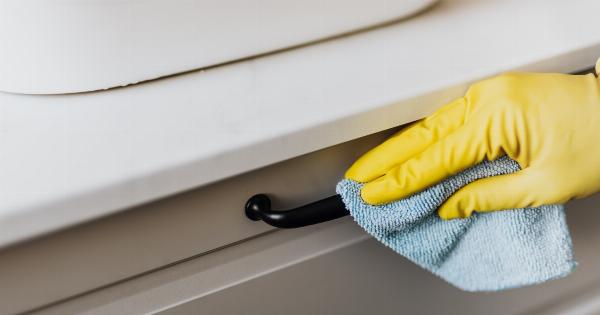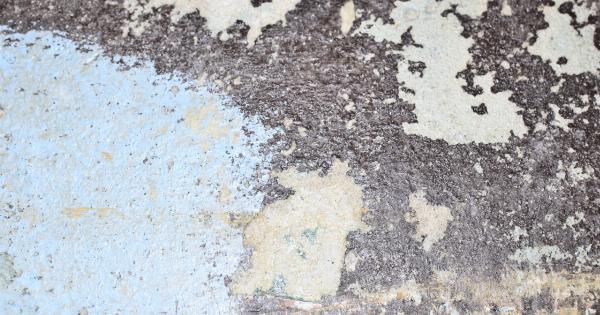Mold is a common problem found in many households. While some molds are harmless, others can affect your health and cause health problems, especially if you are exposed to them for long periods of time.
In this article, we will explore the illnesses caused by mold exposure in your home and how you can prevent them.
What is Mold?
Mold is a type of fungus that grows in moist and humid places. It reproduces by releasing spores into the air, which can cause health problems when they are inhaled. Some common types of mold found in households include:.
- Aspergillus
- Cladosporium
- Penicillium
- Stachybotrys
Illnesses Caused by Mold Exposure
Mold exposure can cause a range of illnesses, especially if you are exposed to it for long periods of time. Here are some common illnesses caused by mold exposure:.
Allergic Reactions
Some people are allergic to mold and can experience symptoms such as sneezing, runny nose, red eyes, and skin rash. These symptoms can occur immediately or after a few hours of exposure to mold.
Asthma
Mold exposure can trigger asthma attacks in people who have asthma. Symptoms of asthma include wheezing, coughing, and difficulty breathing. If you have asthma, it is important to avoid exposure to mold.
Respiratory Infections
Mold exposure can also cause respiratory infections such as bronchitis and pneumonia, especially in people with weakened immune systems. Symptoms of respiratory infections include coughing, chest pain, and difficulty breathing.
Mold Toxicity
Mold toxicity, also known as mold illness or chronic inflammatory response syndrome, is a condition that occurs when you are exposed to high levels of mold for long periods of time.
Symptoms of mold toxicity include fatigue, headaches, joint pain, and memory problems.
How to Prevent Mold Growth in Your Home
The best way to prevent mold growth in your home is to eliminate moist and humid conditions. Here are some tips to prevent mold growth:.
Control Humidity Levels
Mold grows in humid conditions, so it’s important to control humidity levels in your home. Use a dehumidifier to keep humidity levels between 30% and 50%.
Repair Leaks
Leaks from pipes, roofs, and windows can create moist and humid conditions that promote mold growth. Repair leaks as soon as possible to prevent mold growth.
Ventilate Bathrooms and Kitchens
Bathrooms and kitchens are moist areas that promote mold growth. Use exhaust fans to ventilate these areas and reduce moisture levels.
Clean Up Spills and Leaks Immediately
When you spill water or other liquids, clean them up immediately to prevent moisture buildup. Also, dry out wet materials such as carpets, furniture, and clothes as soon as possible.
Conclusion
Mold can cause a range of health problems, especially if you are exposed to it for long periods of time. By following the tips above, you can prevent mold growth in your home and reduce your risk of mold-related illnesses.






























